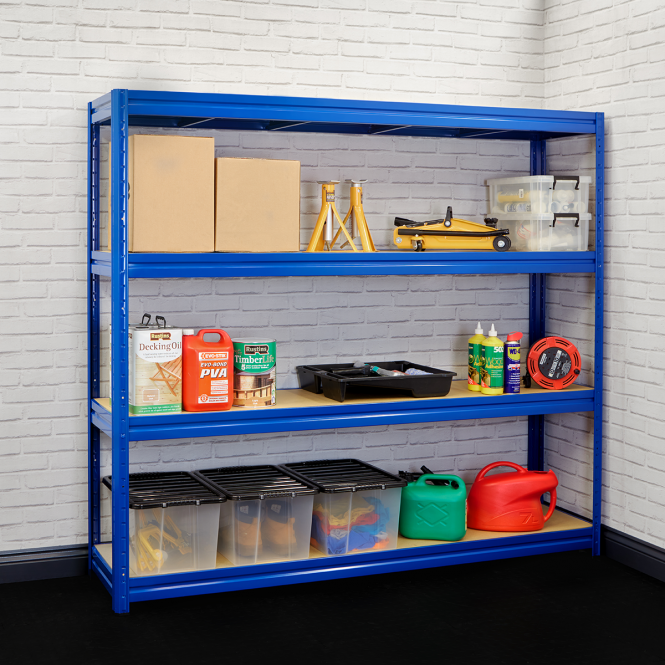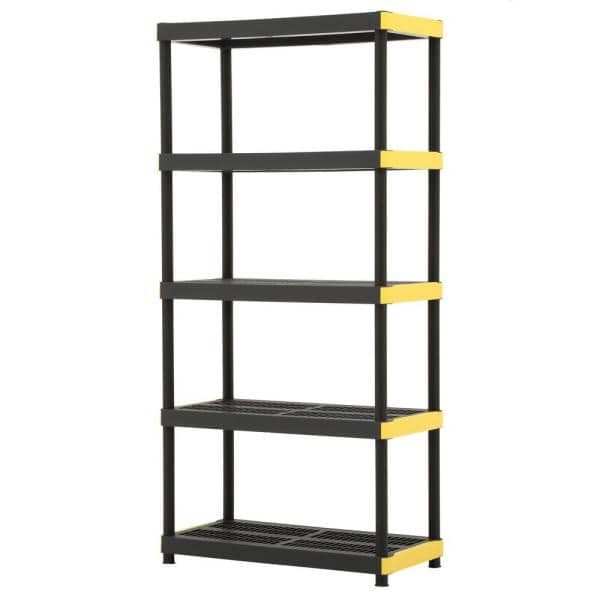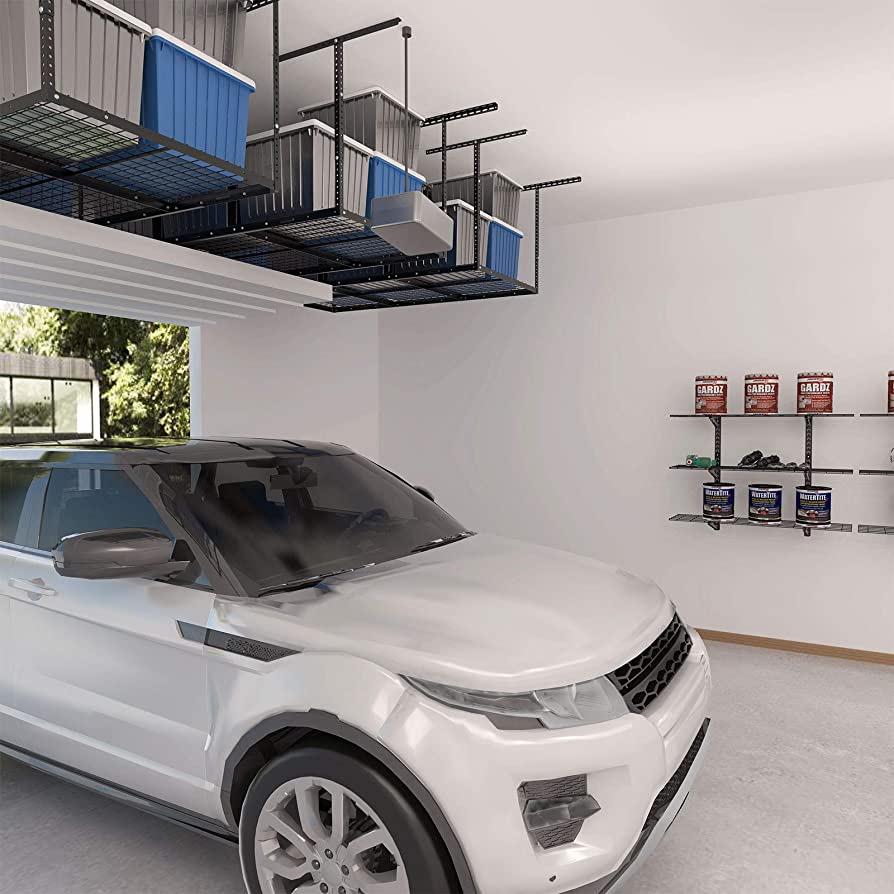
You can convert your garage to add extra bedrooms or space for your family dog. You should consider all options before you decide to undertake the project.
Convert Your Front Of House
A garage conversion often involves removing a wall connecting the garage to your house. This can have an impact on how your property appears from the street. To ensure that your new space blends in well with the rest of the house, hire an architect to take a look at how you might best blend the two structures.
You can convert an existing garage into a sunroom, porch, or other outdoor space if it is positioned back from the house. You can enjoy the outdoors and increase the value of your house.
You can also make the most of the outdoor space surrounding your converted garage by adding a deck or fence. You can enjoy the outside space surrounding your garage, while also making sure it is safe for your pets and children.

A slim deck will give your garage more visual depth and avoid looking like a large box. This will increase curb appeal and allow you to entertain even in bad weather.
Make your garage an ADU
Some homeowners convert their garage into an ADU. This is a popular option. Before you begin, ensure that you have reviewed the local zoning laws. This will prevent any potential problems, such as the need for building permits or restrictions about the parking space.
Your ADU can become a great place to entertain guests and family members, especially when you install a bar or entertainment space. The bar is made from car memorabilia and other industrial fixtures, giving it a unique look that pays tribute to its garage roots.
This design from Losada Garcia Architects is a wonderful example of how you can make your garage into something versatile. This design makes the space feel larger than it is because of the natural light and high ceilings.
A windowed wall can also be used to replace the garage door, as shown in this Studio Losada Garcia project. This will open up the space and allow you to look out onto your garden.

Insulating your garage with internal insulation can keep it warm and help you save money on heating costs during winter. The interior walls will be lined with rockwool or insulation panelling between the blockwork and a wooden stud wall.
Spray foam or insulation plasterboard can also be installed to cover the garage's internal space. This will reduce heat losses and prevent condensation.
FAQ
Why remodel my house when I could buy a new home?
Although houses are getting cheaper each year, you still have to pay the same amount for the same square footage. Although you get more bang, the extra square footage can be expensive.
It costs less to keep up a house that doesn't require much maintenance.
You can save thousands by remodeling your existing home rather than buying a completely new one.
Remodeling your current home can help you create a unique space that suits the way you live. Your home can be made more inviting for you and the family.
What are some of the largest costs associated with remodeling your kitchen?
When planning a kitchen renovation, a few major costs are involved. These include demolition, design fees, permits, materials, contractors, etc. However, these costs are quite small when taken individually. However, when you combine them all, they quickly add-up to become very large.
Demolition is the most costly cost. This includes removing any cabinets, appliances, countertops or flooring. Next, you will need to remove insulation and drywall. You must then replace these items with new ones.
Next, hire an architect who will draw plans for the space. You will need permits to ensure your project meets the building codes. The final step is to find someone to carry out the actual construction.
Once the job has been finished, you need to pay the contractor. You could spend anywhere from $20,000 to $50,000, depending on how large the job is. This is why it's important to get estimates form multiple contractors before hiring one.
Plan ahead to cut down on some of these costs. You may be able to negotiate better deals on materials or even skip some of the work. You will be able save time and money if you understand what needs to done.
Many people will attempt to install their cabinets themselves. They think this will save money because they don't have to pay for professional installation services. Problem is, they often spend more time trying to place the cabinets themselves. The time it takes to complete a job can be completed by professionals in half the time.
You can save money by buying unfinished materials. You should wait until all of the pieces have been assembled before you buy pre-finished items like cabinets. Unfinished materials can be used immediately by you if purchased. Even if it doesn't go according to plan, you can always change your mind later.
Sometimes, however, it's not worth all the effort. Remember: the best way to save money on any home improvement project is to plan.
What would it cost for a home to be gutted versus what it would cost to build one?
A home gutting involves the removal of all interior items, including walls, floors ceilings, plumbing and electrical wiring, fixtures, appliances, and fixtures. This is usually done when you are moving into a new home and need to make some adjustments before you move in. Gutting a home is typically very expensive because so many things are involved in doing this work. Depending on your job, the average cost to gut a home can run from $10,000 to $20,000.
A builder builds a house by building it frame by frame. Then, he adds walls and flooring, roofing, windows and doors. This is usually done after buying a lot of lands. It is usually cheaper than gutting a house and will cost around $15,000 to $30,000.
It comes down to your needs and what you are looking to do with the space. You'll need to spend more if you plan to gut your home. However, if you want to build a home, you won't have to worry about ripping everything apart and redoing everything. You can design it yourself, rather than waiting for someone else.
What is included in a full kitchen remodel?
A complete kitchen renovation involves more than simply replacing the sink and faucet. There are also cabinets, countertops, appliances, lighting fixtures, flooring, plumbing fixtures, and much more.
Full kitchen remodeling allows homeowners to make small changes to their kitchens. This means there is no need to tear down the kitchen, making the project more manageable for both the homeowner as well as the contractor.
There are many services that can be done to your kitchen, including plumbing, electrical, HVAC, painting, and carpentry. Depending on how extensive your kitchen renovation is, you may need multiple contractors.
Hiring professionals who are familiar with kitchen remodeling is the best way for it to go smoothly. Many moving parts can cause delays in kitchen remodels. If you choose a DIY approach, make sure you plan and have a backup plan in place in case things go wrong.
What is the average time it takes to remodel a bathroom.
Two weeks is typical for a bathroom remodel. This can vary depending on how large the job is. Some jobs, such installing a vanity and adding a shower stall, can take only a couple of days. Larger jobs, like removing walls, installing tile floors and fitting plumbing fixtures, may take several days.
It is a good rule to allow for three days per room. For example, if you have four bathrooms you would need twelve days.
What should I do about my cabinets?
It all depends on whether you are considering renting out your home or selling it. You will need to take down and refinish your cabinets if you are selling. This gives buyers an impression of brand new cabinets, and it helps them imagine their kitchens after they move in.
The cabinets should be left alone if you intend to rent your home. Many tenants are unhappy with the mess left behind by former tenants.
The cabinets can be painted to look fresher. Use a high-quality primer. Low-quality paints can become brittle over time.
Statistics
- Attic or basement 10 – 15% (rocketmortgage.com)
- According to a survey of renovations in the top 50 U.S. metro cities by Houzz, people spend $15,000 on average per renovation project. (rocketmortgage.com)
- 57%Low-end average cost: $26,214Additional home value: $18,927Return on investment: (rocketmortgage.com)
- $320,976Additional home value: $152,996Return on investment: 48%Mid-range average cost: $156,741Additional home value: $85,672Return on investment: (rocketmortgage.com)
- 5%Roof2 – 4%Standard Bedroom1 – 3% (rocketmortgage.com)
External Links
How To
A building permit is required for home remodeling.
Do it right if you are going to renovate your home. Any construction that involves changes to the exterior walls of your home requires a building permit. This includes adding an addition, remodeling your kitchen, replacing windows, etc.
But if you've decided to go ahead and renovate your home without obtaining a building permit, there could be serious consequences. If anyone is injured during the process of renovation, you could face fines or even criminal action.
Most states require all people working on residential structures to have a building permit. A majority of cities and counties require homeowners to obtain a building permit before beginning any construction project.
Local government agencies, like city halls, county courtshouses, or town halls, usually issue building permits. They can be obtained online, or by phone.
A building permit is a must to ensure that your project meets local safety standards, fire codes and structural integrity regulations.
For example, a building inspector will make sure that the structure is compliant with current building code requirements.
Inspectors will also ensure that the deck's planks can support the weight of whatever is being placed upon them. Inspectors will also look for signs of water damage, cracks, and other problems that could compromise the structure's overall stability.
Contractors can begin renovations once the building permit has been approved. Contractors could face arrest or fines if they fail to obtain the necessary permits.